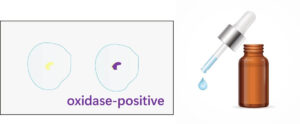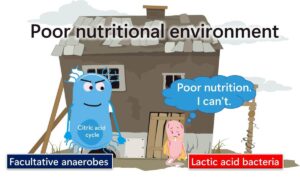Hello everyone, in this article I want to discuss a fascinating topic in the world of microbiology. We're diving into how we can single out lactic acid bacteria from other Gram-positive bacteria using a simple test called the Catalase Test. I'll also explore why these bacteria, unlike others, do not produce oxygen bubbles when tested and how they can still survive in an oxygen-rich environment. Ready? Let's get started!
The Catalase Test Unveils Lactic Acid Bacteria
First things first, lactic acid bacteria belong to the Gram-positive group. The Catalase Test helps us to identify them from other bacteria in this group.
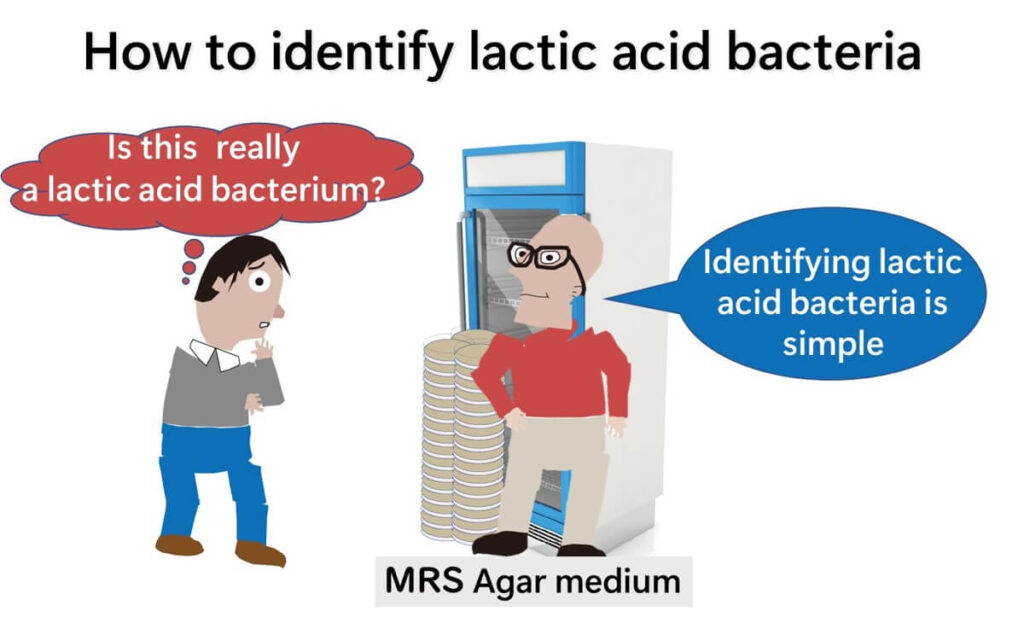
To do the test, you drop hydrogen peroxide onto a bacterial colony. Now, if bubbles form around the colony, it's a positive result for the catalase enzyme.

Almost all organisms that can live in an oxygen-rich environment have catalase. So, when we perform this test on a standard agar plate, we usually see bubbles. However, if no bubbles form and the colony is Gram-positive, we can confidently say it's lactic acid bacteria, irrespective of its shape—whether it's a coccus or a bacillus.
Note: We are focusing on colonies that grow in an aerobic environment, not obligate anaerobes.
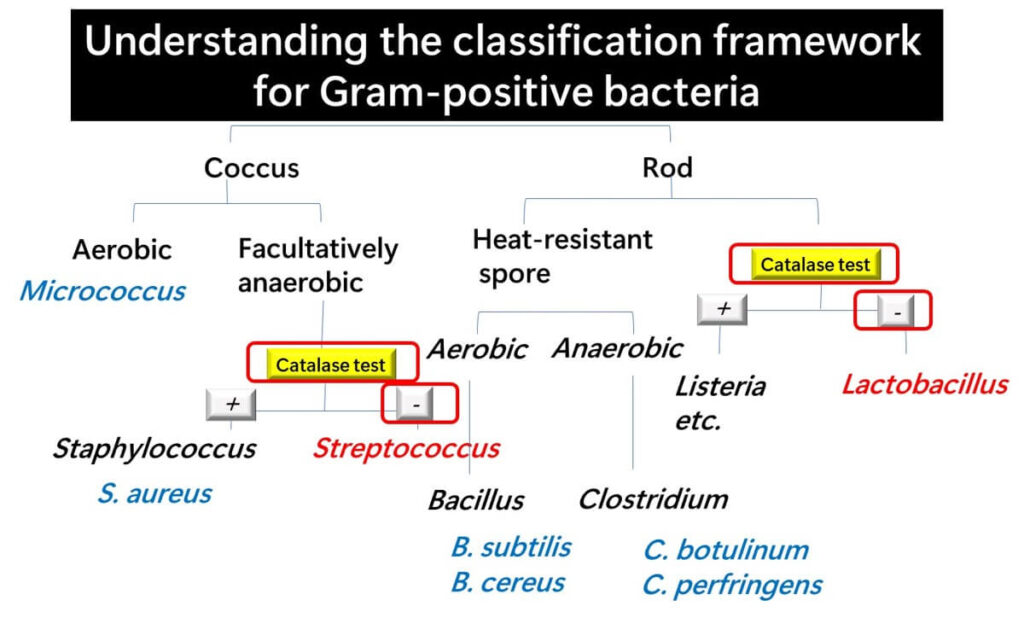
What Exactly is Catalase?
So, what's catalase? It's an enzyme that breaks down hydrogen peroxide into water and oxygen. It basically serves as a defense mechanism against the damaging effects of oxygen on cellular components. When life first appeared on Earth, there was no oxygen. Oxygen came into existence later, as a by-product of photosynthesis by cyanobacteria.

This was Earth's first environmental disaster, causing problems for many primitive life forms.
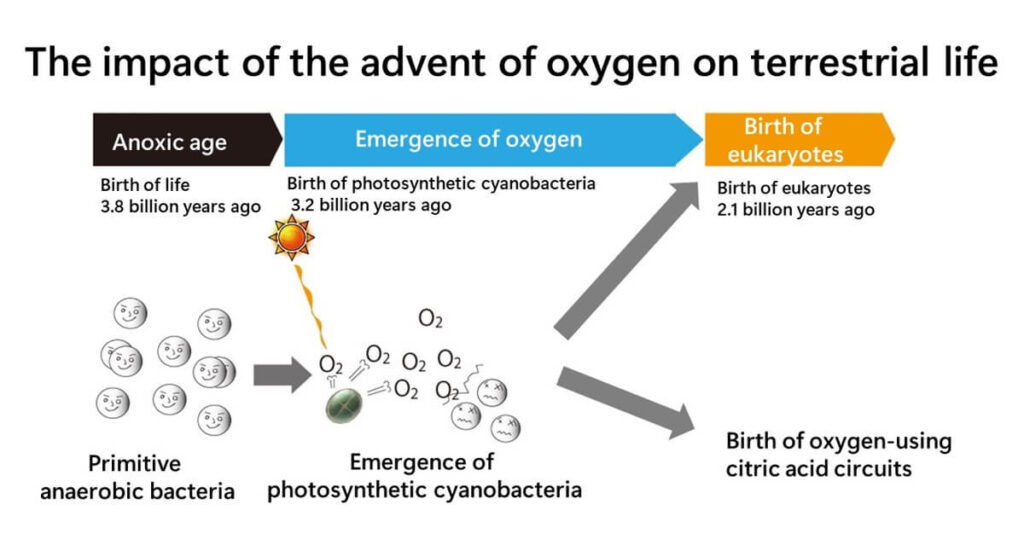
Oxygen can be toxic. It creates reactive oxygen species that can damage cells. To survive in this new, oxygen-rich world, organisms developed various mechanisms to protect themselves. Catalase is one of these mechanisms.
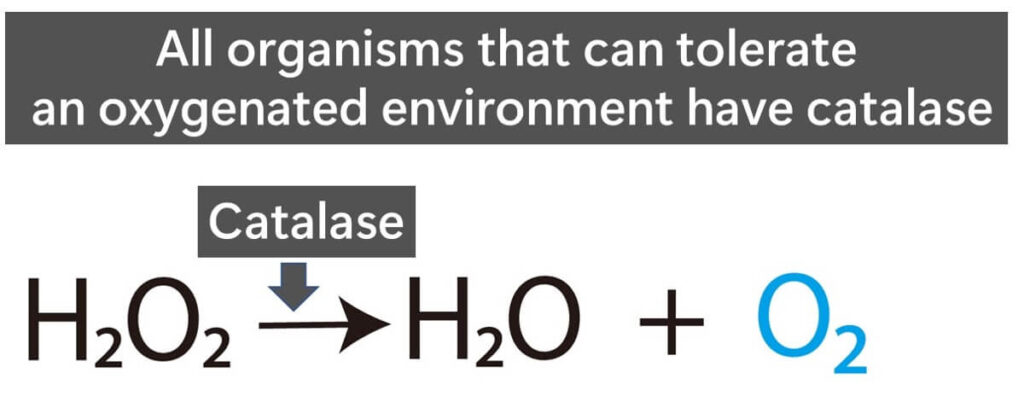
The Tale of the Canned Cockroach
Now, a quick real-world example to drive this home. Imagine someone working at a canned food company gets a customer complaint that there's a cockroach in a can.

The quality control team drips hydrogen peroxide on the cockroach. If bubbles form, the cockroach must've entered the can after it was opened, not before. Like most oxygen-tolerant organisms, even cockroaches have catalase to protect themselves.
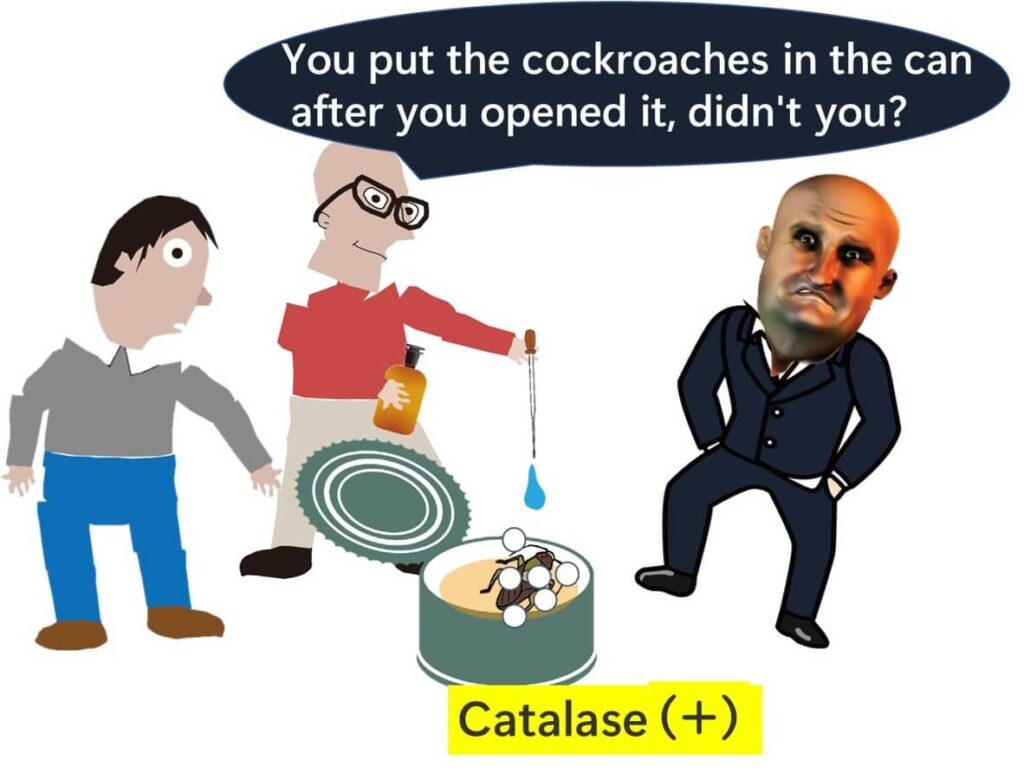
Why Lactic Acid Bacteria Don't Show Bubbles
Now, why don't lactic acid bacteria show bubbles? They also need to protect themselves from oxygen but do so using a different enzyme called NAD Peroxidase. This enzyme also breaks down hydrogen peroxide but uses NADH, a coenzyme, to do so. As a result, no oxygen bubbles are produced as by-products.

In summary, this unique trait allows us to identify lactic acid bacteria using the Catalase Test, making it a handy tool in microbiology.
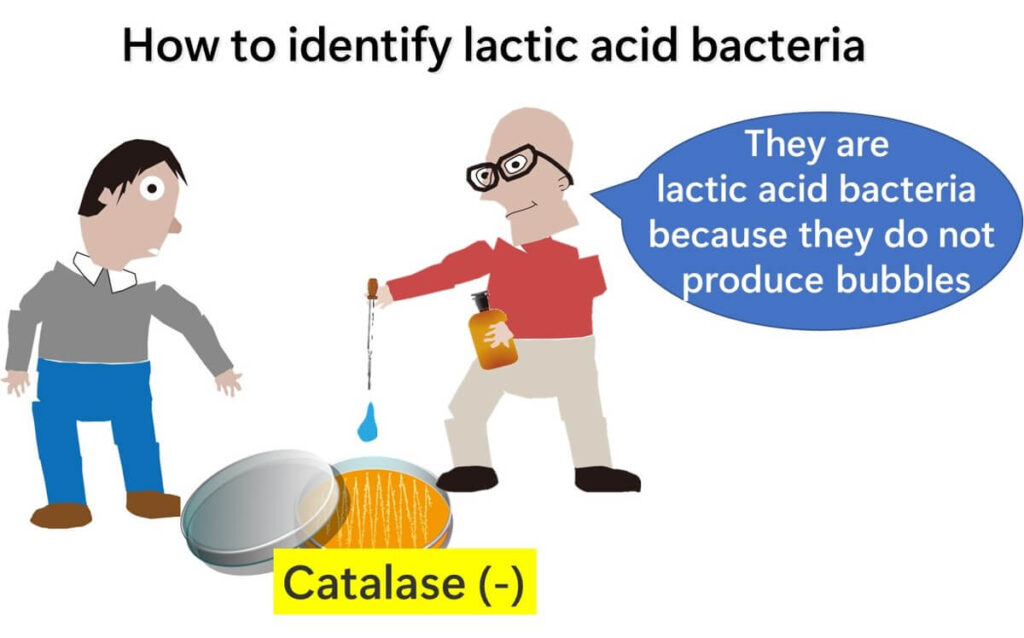
And there you have it—a whirlwind tour of how we identify lactic acid bacteria from other Gram-positive bacteria. I hope this gives you a newfound appreciation for the tiny organisms that have such a big impact on our world. Thank you!
